2024-5-17
以前说过早期利兹的奶黄釉,是英国软瓷,模仿的是中国风。在爱丁堡的苏格兰国家博物馆里,就有这样两把老茶壶:
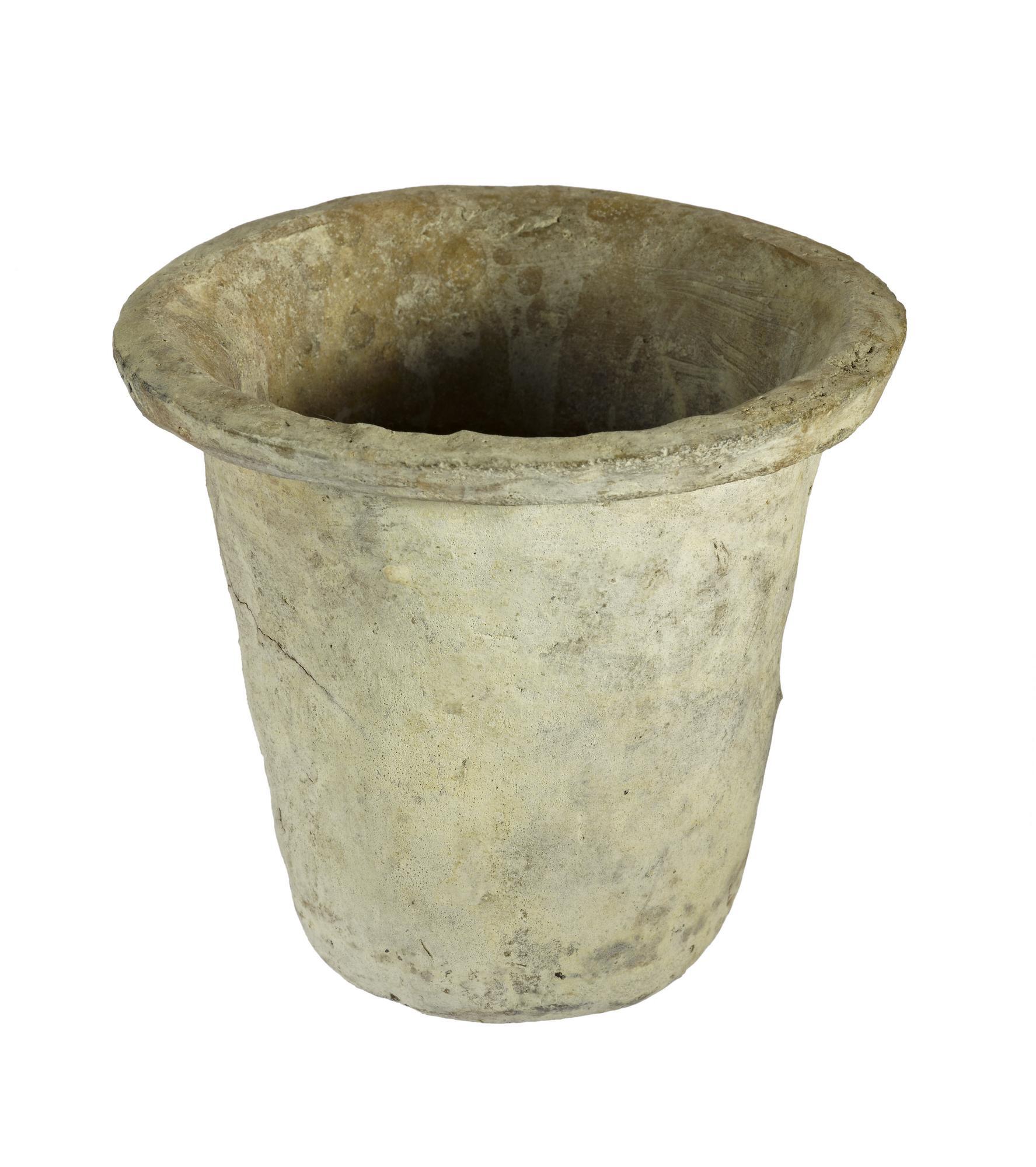
Teapot of cream-glazed earthenware painted in enamel colours with Chinese landscapes, figures, buildings and flowers: English, Leeds, late 18th century。
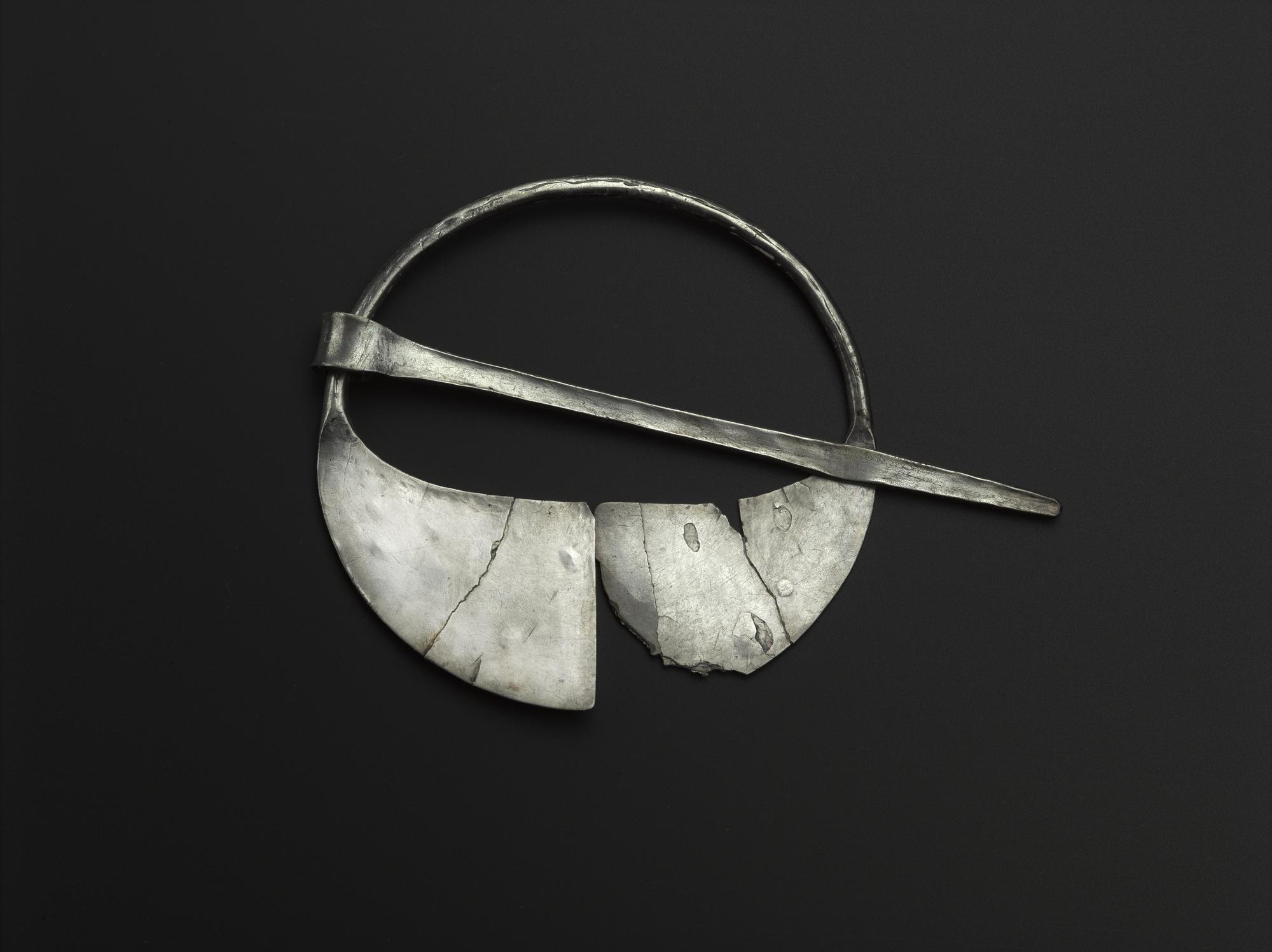
Teapot of cream earthenware painted with an orange tree flanked by busts of William V (?) of Orange and Frederica Wilhelmina of Prussia (?): English, Leeds, probably decorated in Holland, c. 1775
纽约大都会博物馆里,也有一把这样的茶壶,制式和画片都不同,是人物头像:
英国人擅于发明创造,英国的瓷器,走的是和欧洲大陆(主要指德国)不相同的瓷器发展路径。为了模仿以“白色黄金”著称的中国瓷器,先是法国的佛罗伦萨的美蒂奇家族在1575年至1587年之间成功烧制了欧洲第一件软膏瓷器—美蒂奇瓷,它的主要配方是:长石,磷酸钙、石灰粉以及石英。然后是在1567年,两位荷兰陶艺家为英国带来了锡釉陶器的生产方法,这种类型的器皿被英国人称为“代尔夫特陶器”delftware,并于17、18世纪在伦敦、利兹、布里斯托和利物浦的推动下迅速发展起来。1730-40年之间,在著名的瓷器之都斯塔福德郡生产出质地坚硬且装饰精美的铅釉陶器,一举淘汰了意大利一带生产的锡釉陶和荷兰的Delftware,而后为寻找更合适替代中国瓷器而进行的实验品奶油色陶器(Creamware)被发明出来,成为了英国瓷器的代“中流砥柱”,就是盛极一时的利兹奶黄釉。
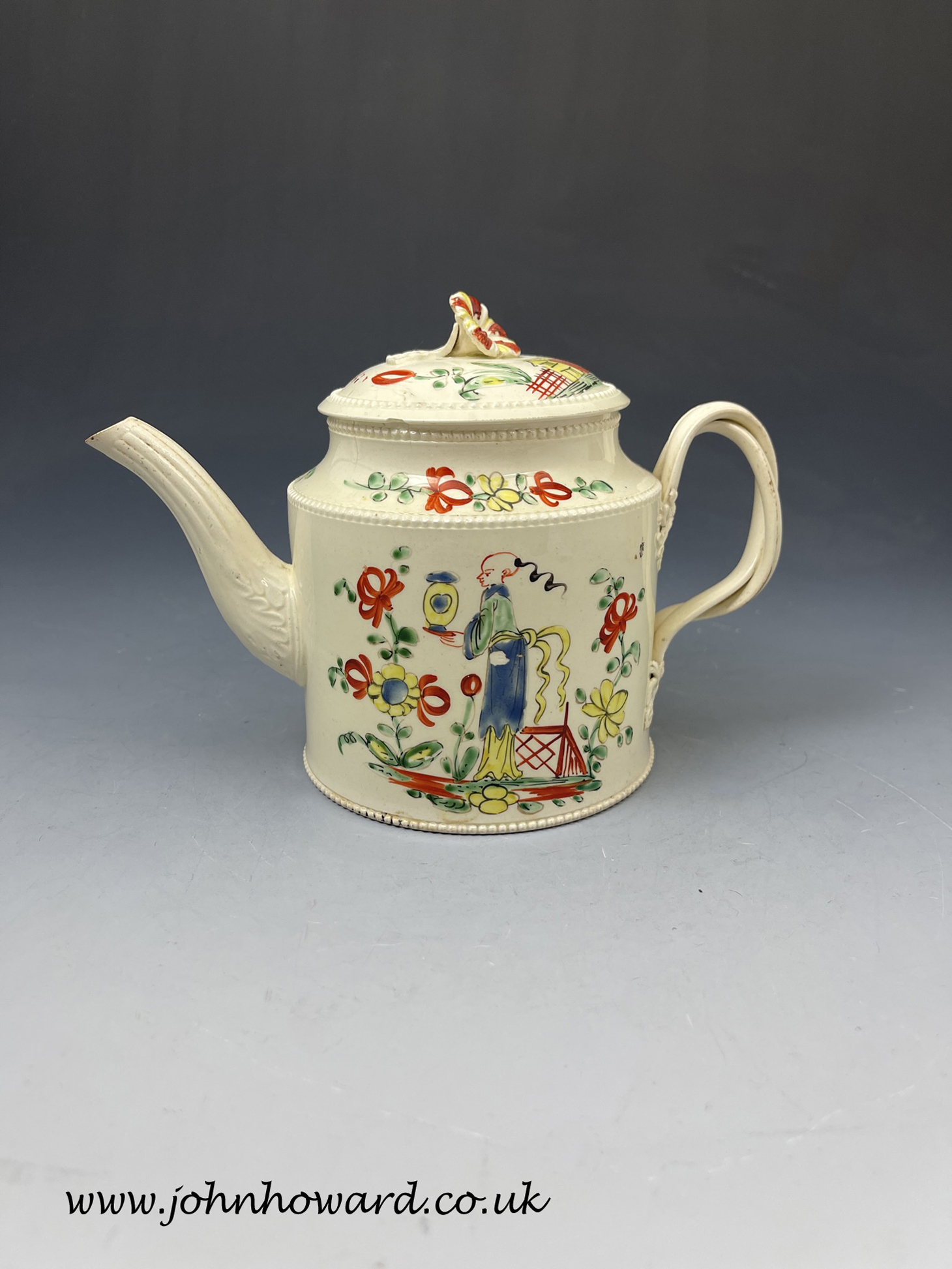
An 18th-century English Creamware teapot & cover with molded, twisted strap handle and beaded rims and decorated with hand-painted Chinoiserie scenes in colorful enamels. The cover features a flower head and leaf finial. A delightful, elegant teapot in clean unrestored condition with only minor signs of wear in accord with use and age.
从奶黄釉到珍珠白釉,再从珍珠白到纯白釉,历经一个多世纪,仿的是釉下青花中国釉和釉上彩绘,做到了惟妙惟肖,能够工业化量产,也把昂贵的中国瓷普及到了寻常百姓之家,但仍然是软膏瓷。
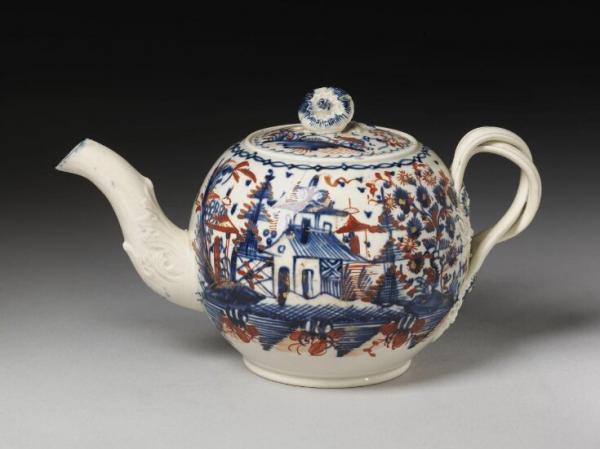
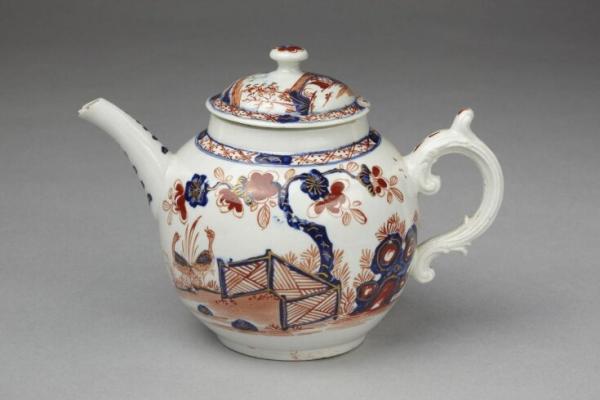
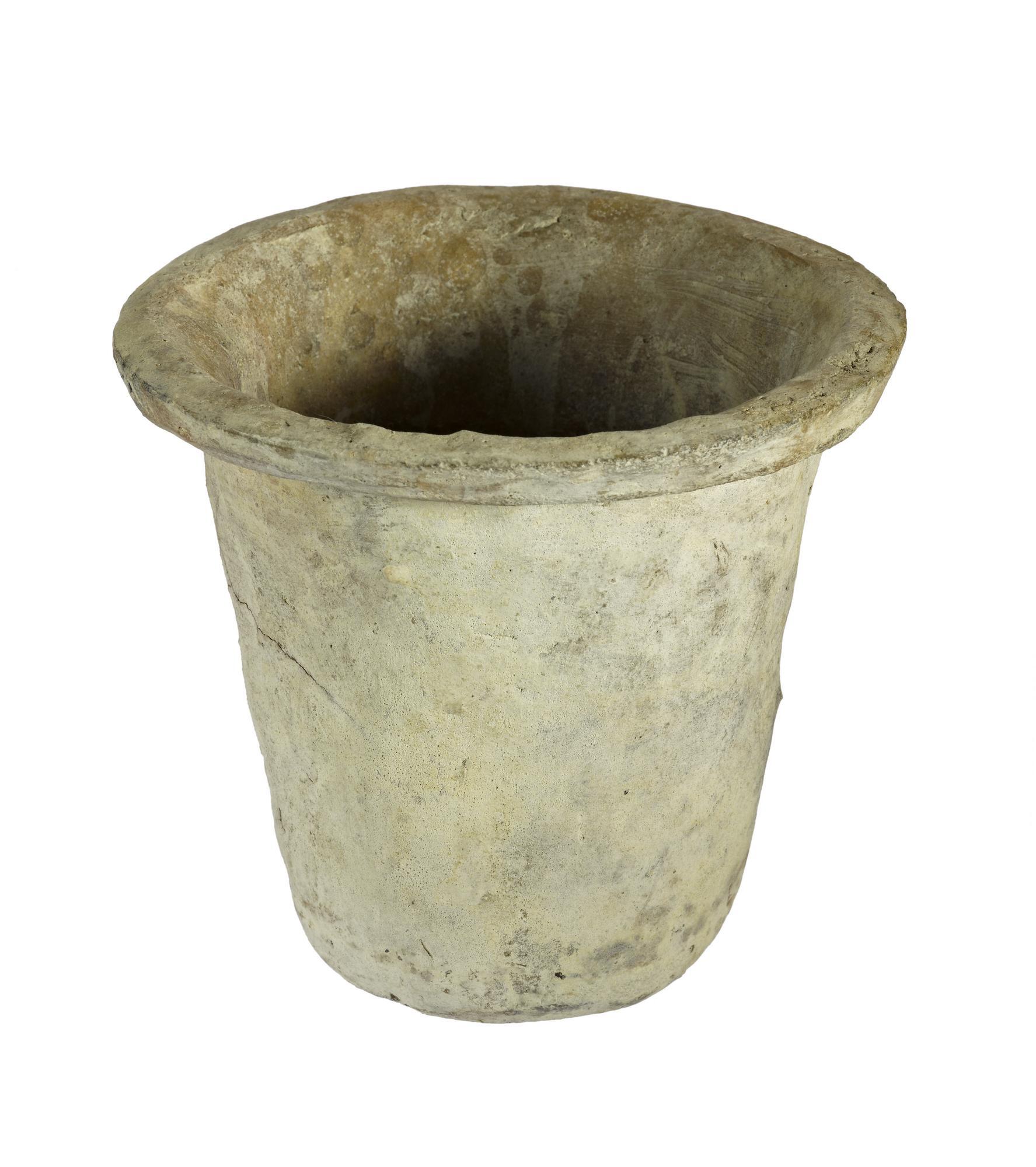
只有一个品牌例外:新霍尔New hall(1782-1835),这是十八世纪英国唯一的硬膏瓷制造商,它是由Staffordshire地区的5位陶艺家组成了一个联盟,昙花一现,很快就消失,但是留下很多经典的设计。
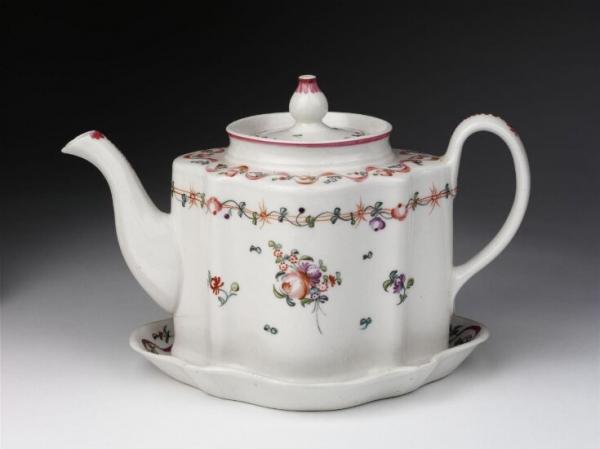
Teapot, cover and stand made by New Hall porcelain factory, Staffordshire, England about 1787-90 Hard-paste porcelain with a lead glaze, painted in enamels.
然后就是英国骨瓷的天下了。
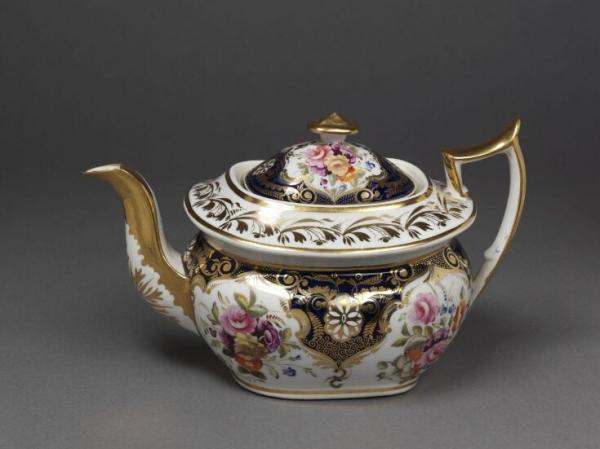
Teapot, cover and stand, bone china, teapot has slip-cast body and spout and press-moulded hnadle; painted with enamels and gilded. The decoration consists of bunches of flowers on a white ground within leaf-shaped panels reserved on a deep blue ground covered with gilt scroll work. This teapot was manufactured by the New Hall China Works which, between 1781 and 1835, made tea-sets exclusively, indicating the importance of tea drinking to English society at this time.
|
